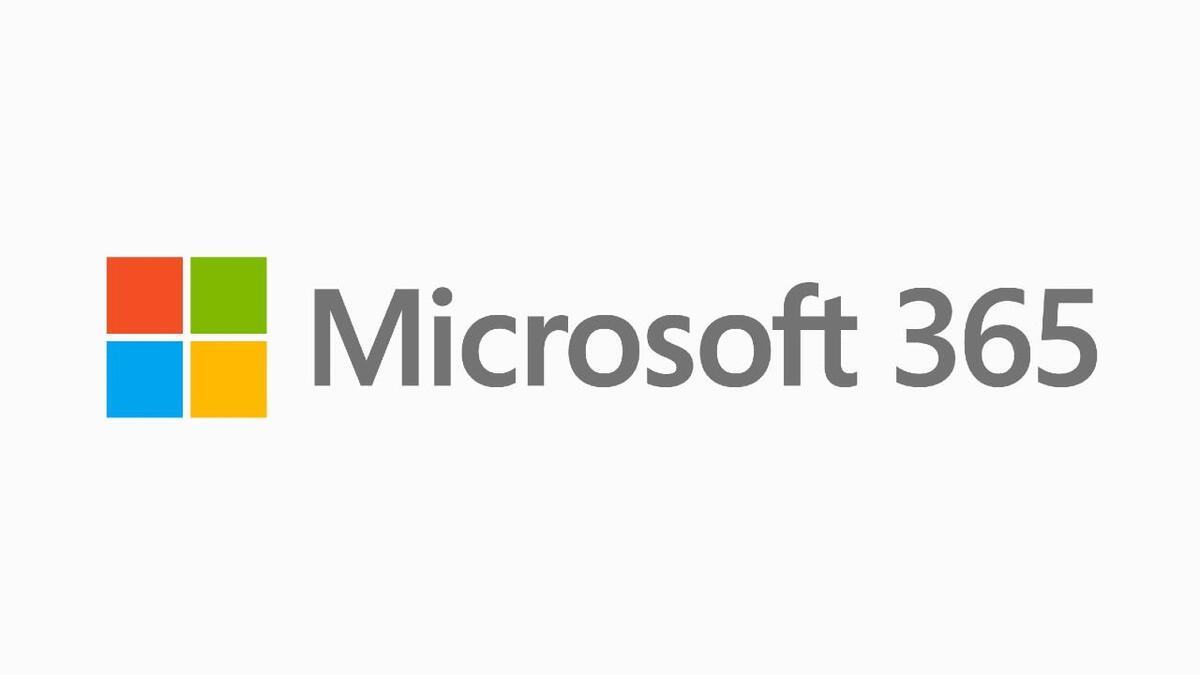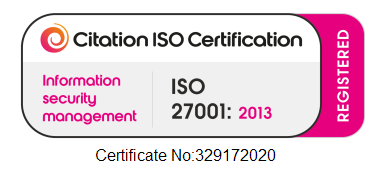Resources

By Website Editor
•
02 Nov, 2020
Cyber security is something that all businesses need to be concerned about. In the UK, from 2021, over 165 million records were exposed in the UK due to data breaches. This would have a devastating impact on any company, causing huge financial losses and reputational damage. Unfortunately, a lot of attacks occur due to employee errors. This is because they have not been given the right guidance. With that in mind, we have put together this guide to help you protect yourself from ransomware. What is ransomware? Before we delve deeper into ransomware and how to protect yourself, it is imperative to explain what ransomware is. Ransomware is a form of malicious software that has been created so that access to your computer system is blocked. Once ransomware has infected your network, the hacker will usually get in touch to demand a ransom so that you can access your files again. There is no guarantee that you are going to regain access to your system by paying the ransom, though, so even if we were to pay the ransom, the files could be lost forever. What can you do to protect yourself from ransomware? Now that you have a good understanding of what ransomware is, we’re going to take you through some of the different steps you can follow to protect yourself: 1. Do not click on any attachments or links from people you don’t know One of the most important rules when protecting yourself from ransomware is making sure that you do not click on any attachments or links from people you don’t know. If you do not recognise the email address, you should never click on any sort of attachment. 2. Always double-check if you receive an email from someone you know but you weren’t expecting You may receive an email from someone you know, encouraging you to open an attachment or click on a link. However, the email may be a bit of a surprise, i.e. something that you were not expecting. If this is the case, don’t click on anything yet! Make sure you get in touch with the person who sent it to ensure that they meant to. It could be that someone has hacked into their email and sent you ransomware this way. 3. Always double-check the email address Hackers are sophisticated these days. They know how to make emails appear as they have come from someone else. They will often copy the structure, logo, font, and other common elements used by establishments such as banks and other well-known organisations, making it appear like the emails are genuine. However, one thing they cannot fake is the email address, so always double-check this. Be careful, though, as they can put the company’s email address within the email’s subject line to try and trick you, so this is something else to look out for! 4. Never use your work email address to sign up or register for anything online Unless you are authorised and the sign-up is work-related, do not use your work email address to sign-up for anything online. You should always use your personal account. 5. Don’t give out your personal information If you receive an email, text, or call from someone you don’t know, don’t give any of your personal information. Remember, genuine companies will never ask for your password in full! If someone calls you and asks for characters two and four from your password, and then claims it does not work and asks for other characters, don’t give them the answer. They could be trying to piece your password together! 6. Don’t download anything from a site unless you trust it Do not download media files or software from unknown websites. Only use trusted and verified sites if you are downloading something. There should be markers of trust, for example, HTTPS in the URL bar instead of HTTP. So there you have it: an insight into ransomware and how you can make sure that you protect yourself. Unfortunately, insider attacks represent a huge portion of data breaches today, and they often happen because of a lack of staff education on cyber security matters. Hopefully, this guide will help you to feel more confident about protecting yourself online. However, if you have any other queries or concerns, please do not hesitate to get in touch. Whenever you’re unsure, ask a senior member of staff.

By Website Editor
•
26 Dec, 2019
Are you planning on moving to a new office in the near future? Perhaps this is something that you are thinking about doing? No matter what category you fall into at the moment, it is imperative that you plan to move meticulously to ensure that it goes as smoothly as possible. With that in mind, we are going to take you through all of the different steps that are involved when moving office. 1. Communicate There is only one place to begin, and this is by communicating with all of the relevant external and internal parties regarding your move. This should be done as soon as you have a move date. You will need to do the following: - Make sure your current landlord is aware of your move. - Talk to your employees about the plan and give them the new office address. - Notify any suppliers, affiliates, and local partners. - Brief your IT department and talk with them about tech requirements. - Make a reservation with a removal company. - Make sure that all of the members of your team are aware of their responsibilities ahead of time. - Make certain your client list and list of service providers is updated. - Create a master list of everyone you will need to send your new address to, and do so. 2. Pre pare Now that you have communicated with all of the relevant people, the preparation begins, and there is a lot that needs to be taken into account. Here’s a bulleted list of different things to do: - Put together a list of emergency numbers for everyone involved. - Create a detailed moving plan for the day itself. - Send a detailed floor plan to the removal company you hire. - Finalise security and access codes for your new office space. - Arrange cleaning services for your new premises and your current office. - Booking elevators and parking space for the moving day. - Sign any official licenses, permits, and paperwork. - Assign every employee a number and correspond this to their equipment and their desk. - Give every department a colour code to make it easier when planning the move. - Arrange storage at an external facility if required. - Place orders for new stationery and furniture if needed. - Consult with a furniture business for any new furniture that may be required. - Make an inventory of current office furniture. - Measure your new office and organise the layout. 3. Make the move When the day comes to make the move, make sure there is some budget for refreshments involved in the move. You also need to move all of your tech equipment , phones, and computers first. Book a date for the telephone lines and WiFi systems to become operational as well so that downtime is minimised as much as possible. As you can see, there is a lot that needs to be considered when moving to a new office space. If you plan carefully and take everything that has been mentioned above into consideration, you should be able to ensure that your move goes as well as possible. Moving office can be a stressful time, so why not let us take the strain. We can project manage the whole technology side of things, including hardware, telecoms, and data - minimising disruption and downtime.

By Website Editor
•
26 Dec, 2019
If there is one thing that is on most people’s lips at the moment (aside from COVID-19, of course), it is 5G! Of course, there are all of the conspiracy theories that seem to be going around on social media. But for most business owners, they want to know what 5G means for their company. How will it impact you? What are the pros and cons? Well, let us summarize a few important points below.
Transform your company with a solid business technology plan
We strive to help businesses thrive through technology.
Reach out today to see how we can road map your IT goals.
CONTACT US
0207 904 1000
team@cranborne.tech
Cranborne Technology Ltd
5 Knuway House,
Cranborne Road
Potters Bar
EN6 3JN
Subscribe below to be kept up to date with all the latest business technology trends and cyber security guidance.
You need a helping hand with your project?
Thank you. Your request has been submitted.
Oops, there was an error sending your message.
Please try again later
Please try again later
© 2024
All Rights Reserved | Cranborne Tech ---- Please note we record all calls for training purposes. ----





